March
Friday 16
SSPX RESPONSE TO BASIC DOCTRINAL PRINCIPLES “INSUFFICIENT”
Fr. Federico Lombardi, Vatican spokesman, said that Cardinal William J. Levada, prefect of the Doctrinal Congregation, met with Bishop Bernard Fellay, superior of the Society of St. Pius X, to explain the Vatican’s evaluation of the SSPX’s position.
In a communiqué, the Vatican said it wanted to “avoid an ecclesial rupture with painful and incalculable consequences,” so Bishop Fellay and leaders of the Society were asked to further clarify their response to a “doctrinal preamble” the Vatican asked them to study last September.
“In compliance with the decision of Benedict XVI,” the communiqué said, Bishop Fellay was given a letter signed by Cardinal Levada explaining that “the position he had expressed is not sufficient to overcome the doctrinal problems that are at the basis of the fracture between the Holy See and the Society.”
Fr. Lombardi said Cardinal Levada told Bishop Fellay the Society had a month to clarify its position in order to heal “the existing fracture.”
The Vatican spokesman would not give examples of the points on which the Society of St. Pius X and the Vatican still differ since the original preamble has never been published. He said the additional month given to the Society shows “the case is not closed,” although the letter to Bishop Fellay makes clear that the consequence of “a non-acceptance of that which was foreseen in the preamble” would be “a rupture, something very serious for the Church.”
Monday 19
VATICAN ANNOUNCES INVESTIGATIONS INTO DOCUMENT LEAKS
The Pope today established a commission to investigate a series of leaks of letters exchanged among Vatican officials and between the officials and the Pontiff himself.
Archbishop Angelo Becciu, Vatican substitute secretary of state, said that the papal commission would try “to shed light on the whole affair,” while a Vatican tribunal would look into taking legal action against those who gave the documents to reporters, and the Vatican secretariat of state would carry out an administrative review of every Vatican office.
The leaks being investigated by the Vatican began in January with the publication of letters written by Archbishop Carlo Maria Vigano when he was secretary-general of the Governorate of Vatican City State. The archbishop, now nuncio to the United States, warned of corruption, abuse of power, a lack of transparency in awarding contracts, and opposition to financial reforms.
Later leaks included a letter from a Vatican official questioning the current reform of the Vatican’s finance laws, and letters from Cardinal Tarcisio Bertone, Vatican secretary of state, and Cardinal Dionigi Tettamanzi of Milan arguing over control of a Catholic hospital in Italy.
POPE SHENOUDA III OF THE COPTIC ORTHODOX CHURCH DIES
In a message, Pope Benedict offered his condolences to Orthodox Christians in Egypt on the death of their patriarch, who died on March 17.

In Jerusalem’s Church of the Holy Sepulcher, a priest lights a candle in front of a picture of Coptic Orthodox Pope Shenouda III of Alexandria, Egypt, who died March 17 at the age of 88 (CNS photo)
The Coptic Orthodox Church is one of the Oriental Orthodox Churches that trace their origins to the Christian communities that did not accept the wording of the Council of Chalcedon’s definition in 451 that Christ was fully human and fully divine.
Benedict XVI highlighted Pope Shenouda’s 1973 visit to the Vatican where he and Pope Paul VI formally signed an agreement on Christ’s humanity and divinity, ending more than 1,500 years of disputes on the issue, and clearing the way for the formal Roman Catholic-Oriental Orthodox theological dialogue.
Pope Benedict also mentioned the meetings Pope Shenouda and Blessed John Paul II had in Cairo in 2000. At the end of an ecumenical prayer service in Cairo, Pope Shenouda broke through the formality of the event, embracing Pope John Paul and telling him: “We love our country, and we love you!” Pope John Paul replied, “We love you, too.”
Friday 23-Wednesday 28
BENEDICT XVI TO MEXICO AND CUBA
En route to Latin America for his second papal visit to the region, Pope Benedict called for patience with the Catholic Church’s effort to promote freedom in Communist Cuba, and criticized Catholics who participate in illegal drug trade or who ignore their moral responsibility to work for social justice.
On March 23, arriving in Mexico, Benedict XVI said he came as a “pilgrim of faith, of hope, and of love,” promoting the cause of religious freedom, social progress and the Catholic Church’s charitable works.
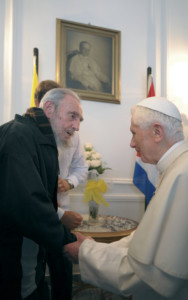
After Mass, Benedict XVI meets Fidel Castro, Cuba’s former president, at the apostolic nunciature in Havana, Cuba, on March 28
(Galazka photo)
The Pope was greeted by Mexican President Felipe Calderon and other dignitaries, including Archbishop José Martin Rabago of Leon and Archbishop Carlos Aguilar Retes of Tlalnepantla, president of the Mexican bishops’ conference and the Latin American bishops’ council, CELAM.
The Holy Father addressed the main part of his speech to all Latin American nations, noting that most of them “have been commemorating, in recent years, the bicentennial of their independence.”
On March 25, Benedict XVI celebrated an outdoor Mass at Guanajuato Bicentennial Park, where the Vatican said 640,000 people attended the Mass. Some Mexicans took long trips just to see Pope Benedict.
During a vespers service at Leon’s cathedral, Benedict XVI thanked Latin America’s bishops for their hard work in a troubled region and urged them to continue the evangelization campaign he launched with them at their meeting five years ago.
On March 26, celebrating an outdoor Mass in Antonio Maceo Revolution Square in Santiago de Cuba, Benedict XVI acknowledged the struggles of the country’s Catholics after half a century of Communism and described human freedom as a necessity for both salvation and social justice.
The Vatican had said the square would hold 200,000 people, and it was full. Cuban President Raul Castro, who welcomed the Pope at the airport, sat in the front row for Mass.
In his homily, Pope Benedict recognized the “effort, daring and self-sacrifice” required of Cuban Catholics “in the concrete circumstances of your country and at this moment in history.”
Though now more tolerant of religious practice than in earlier decades, the Communist state continues to prevent the construction of new churches and strictly limits Catholic access to state media.
After the Mass, the Pope paid homage to Our Lady of Charity by placing at the statue a gold rose weighing more than a pound and standing almost a foot tall.
When Pope Benedict visited the Virgin’s shrine March 27, he joined the thousands of pilgrims marking the 400th anniversary of the discovery of the statue, and he echoed the prayers of many of them for a future marked by less poverty and greater freedom.
With only Cuban bishops and priests, his Vatican entourage and a choir present inside the shrine of La Caridad, as the image is known, Pope Benedict first knelt in prayer before the Eucharist, then he stood and recited the special prayer that the Cuban bishops composed for the fourth-centenary celebrations.
On March 27, Benedict XVI spent more than 40 minutes meeting privately with Cuban President Raul Castro and asked the Cuban leader for further freedoms for the Catholic Church in Cuba and attention to certain “humanitarian” situations.
The Pope also asked the government to consider declaring Good Friday a public holiday, Father Lombardi said, adding that the pontiff explained the significance for Catholics of the day commemorating Jesus’ death.
After their private meeting, the Pope and president exchanged official gifts. Castro gave Pope Benedict a wooden sculpture of Cuba’s patroness, Our Lady of Charity of El Cobre, and the Pope gave the president a replica of a 15th-century atlas that has an annex featuring the newly discovered Americas.
On March 28, preaching at Mass in Havana’s Revolution Square, location of the headquarters of Cuba’s Communist Party, Benedict XVI called for full religious freedom and greater respect for human rights on the island.
“In Cuba steps have been taken to enable the Church to carry out her essential mission of expressing the faith openly and publicly,” the Pope said during his homily. “Nonetheless, this must continue forward.”
Then, in a meeting lasting about 30 minutes, Benedict XVI met former Cuban President Fidel Castro in the apostolic nunciature in Havana March 28 and answered the ailing former leader’s questions, the Vatican spokesman said.
All Cubans need to work together to build a renewed and reconciled society, but progress is difficult given a “lack of material resources, a situation which is worsened when restrictive economic measures, imposed from outside the country, unfairly burden its people,” the Pope said March 28 during his official farewell ceremony. He did not mention the United States by name.
“FIND JOY IN CHRIST, NOT PRESTIGE OR POWER”
Benedict XVI called on young people not to pursue power, money and prestige, but to find true joy in Christ and live a life of generous service to others.
In his message for World Youth Day 2012, he told the world’s young Catholics to start making the world a better, more just and humane place right now, even while they continue to pursue their studies, talents and interests.
“The world needs men and women who are competent and generous, willing to be at the service of the common good,” the Pope said.
The Vatican and most dioceses around the world marked World Youth Day on Palm Sunday, April 1.
International celebrations of World Youth Day are normally held every two or three years.
Saturday 31
HELP FOR PEOPLE IN SYRIA
Benedict XVI has donated $100,000 to aid people affected by violence in Syria.
The Pontifical Council Cor Unum, the Vatican’s charity promotion and coordinating office, announced that the Pope made the donation to fund “the charitable work of the local Church in Syria supporting the population” that has been hit by the ongoing violence in the country.
In predominantly Muslim Syria, the Catholic Church helps all people in need through its charitable organizations but is particularly active in the area of Homs and Aleppo, the council said in a press release.
The Pontiff also earmarked the collection to be taken up at his Holy Thursday evening Mass April 5 for use for humanitarian aid to Syrian refugees.
April
Sunday 1
CUBA MAKES GOOD FRIDAY 2012 A NATIONAL HOLIDAY
During the Pope’s private meeting with Cuban President Raul Castro in Havana March 27, the Pontiff asked for further freedoms for the Catholic Church in the Communist nation, including the declaration of Good Friday as a holiday.
The Cuban government accepted the proposal after the Pope’s return to the Vatican.
Blessed John Paul II’s trip to Cuba in 1998 led to Cuba recognizing Christmas as a recurring public holiday.
Monday 2
VATICAN FOCUSES ON WYD
On the seventh anniversary of the death of Blessed John Paul II, Pope Benedict paid homage to one of his predecessor’s innovations: World Youth Day.
Greeting young people from Spain, Benedict XVI said they were “the protagonists and principal recipients of this pastoral initiative promoted vigorously by my beloved predecessor, Blessed John Paul II, whose passage to heaven we remember today.”
The Spanish youths had come to the Vatican for the celebration of Palm Sunday April 1 and to thank the Pope for visiting Madrid for World Youth Day last August.
On the same day, Vatican officials and representatives of the Brazilian bishops’ conference were holding a news conference to talk about plans for the next international celebration of World Youth Day, which will be held July 23-28, 2013, in Rio de Janeiro.
Wednesday 4
POPE REVIEWS TRIP TO MEXICO AND CUBA
At his weekly general audience, Benedict XVI said that during his recent journey to Mexico and Cuba, he experienced “unforgettable days of joy and hope.”
While he went as “a witness of Jesus Christ,” it was also an opportune occasion to call for reform, especially in allowing greater religious freedom, he said. “I reminded everyone that Cuba and the world need change,” the Pontiff said.
He said he appreciated all that has been done up to now by Cuban authorities but that he emphasized it was necessary to continue on this path of allowing “ever fuller religious freedom.”
He recalled the joy and enthusiasm of the people who welcomed him and the show of faith at many of the liturgical events.
“I encouraged the Mexican people to let their deep Christian roots inspire their efforts to overcome violence and to work for a better future,” he said.
And in Cuba, “I prayed for a rebirth of faith, openness to God’s love and respect for the truth about our human dignity and freedom revealed in Christ,” he said.
Thursday 5
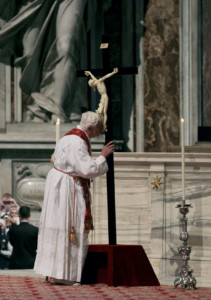
Benedict XVI venerates the crucifix during the Good Friday service in St. Peter’s Basilica on April 6.
During the Chrism Mass in St. Peter’s Basilica, which focuses on Holy Thursday as the day Jesus shared his priesthood with the apostles, the Pope said he wanted to use the occasion to ask all priests, including himself, to meditate upon what their consecration really means.
Benedict XVI firmly criticized dissent from Church teach to God’s will as illegitimate pathways toward reform and renewal.
The Holy Father cautioned against calls for women’s ordination, saying such campaigns seemed more like “a desperate push” to fulfill one’s own preferences rather than a sincere attempt to conform one’s life more closely to Christ.
Presiding over the first of two Holy Thursday liturgies today, Pope Benedict blessed the oils that will be used in the sacraments of baptism, confirmation, ordination and the anointing of the sick.
Friday 6
GOOD FRIDAY CELEBRATIONS
Uncovering the cross and genuflecting before it in his stocking feet, Benedict XVI celebrated the Liturgy of the Lord’s Passion in St. Peter’s Basilica.
Following tradition, the homily was delivered by the preacher of the papal household, Capuchin Father Raniero Cantalamessa.
The meditations for the Stations of the Cross later that evening were written by Danilo and Annamaria Zanzucchi, an Italian couple.
Sunday 8
“CHRIST’S RESURRECTION CHANGED THE WORLD”
“If Jesus is risen, then — and only then — has something truly new happened, something that changes the state of humanity and the world,” the Pope told tens of thousands of people in St. Peter’s Square before giving his Easter blessing “urbi et orbi” (to the city and the world).
In his Easter message at the end of the morning Mass, the Pontiff said every Christian can share the experience of Mary Magdalene, who was the first to encounter the risen Jesus on Easter morning.
Pope Benedict offered special prayers and encouragement to Christians persecuted for their faith and to the people of the Middle East, asking members of all religious and ethnic groups to work together for the common good and respect for human rights.
At the Easter vigil the night before, the Pope welcomed eight adults into the Catholic Church.
Light, fire and candles were the symbols highlighted during the Pope’s vigil.
Like Easter vigils throughout the world, the Mass began with the lighting of a fire. In the atrium of St. Peter’s Basilica there was a large brazier full of blazing coals; an assistant lit a small taper from the coals and handed it to the Pope so he could light the towering Easter candle.
Wednesday 11
“ENCOUNTER THE RISEN LORD IN THE SCRIPTURES, EUCHARIST”
At his weekly general audience, Benedict XVI encouraged Catholics to let the risen Lord into their hearts and to share his peace with the world.
“He alone can roll back the burial stone that man often puts over his feelings, relationships and behavior; stones that sanction death, division, hatred, anger, jealousy, mistrust, indifference,” Pope Benedict said.
Focusing his audience talk on the disciples’ encounters with the risen Jesus, Pope Benedict looked particularly at the story of Jesus meeting the disciples on the road to Emmaus as they were leaving Jerusalem saddened and dejected after his death.

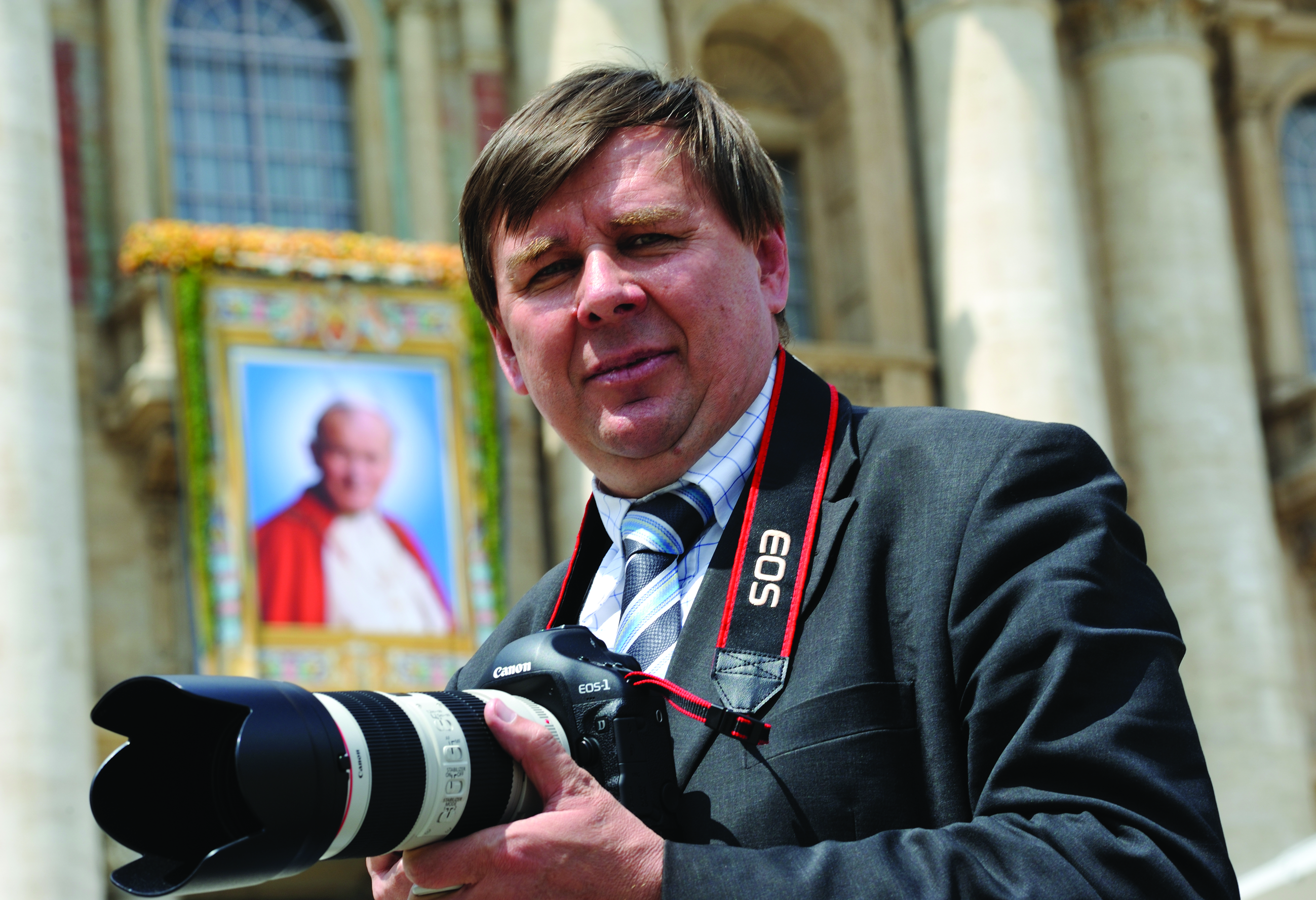
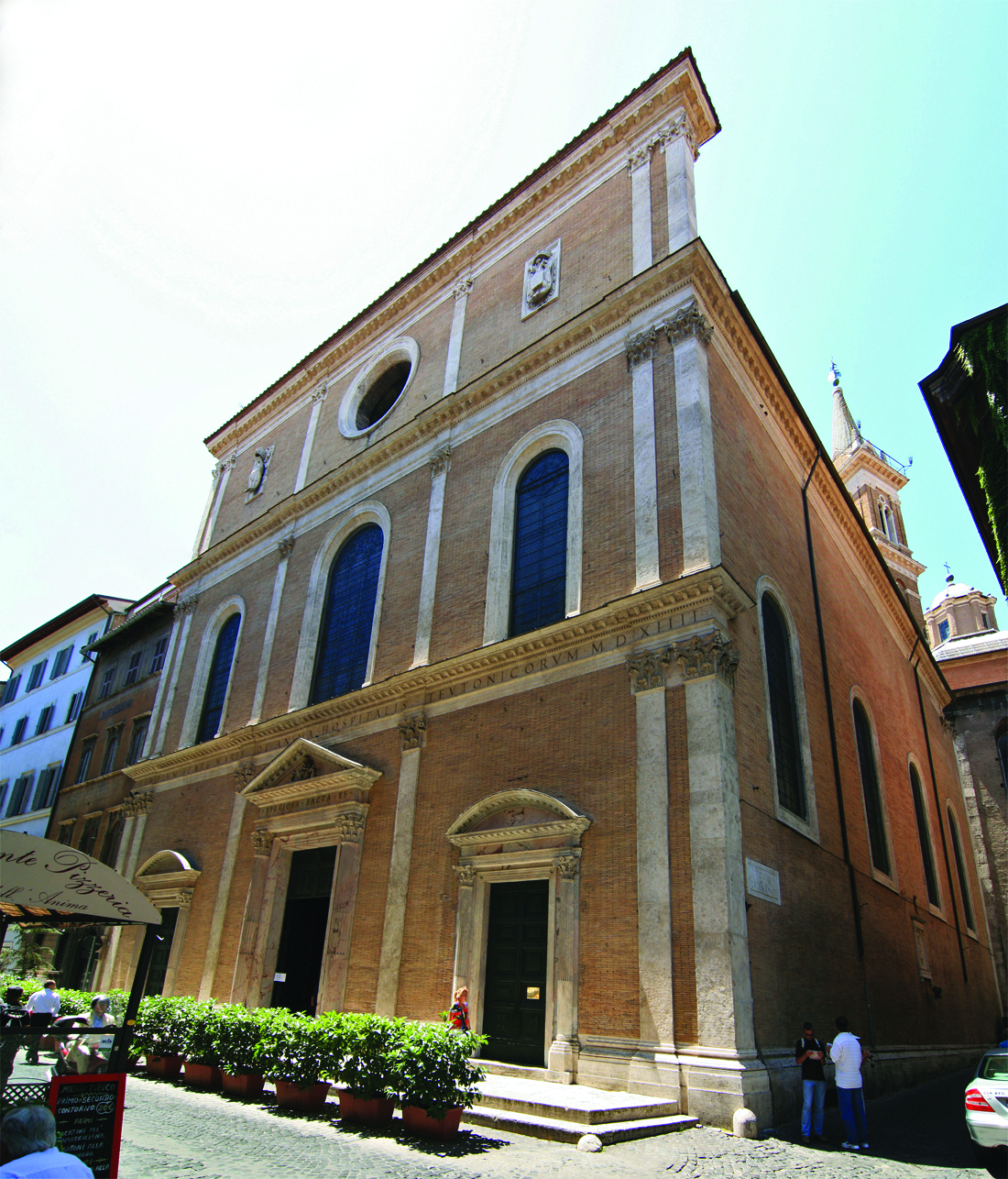
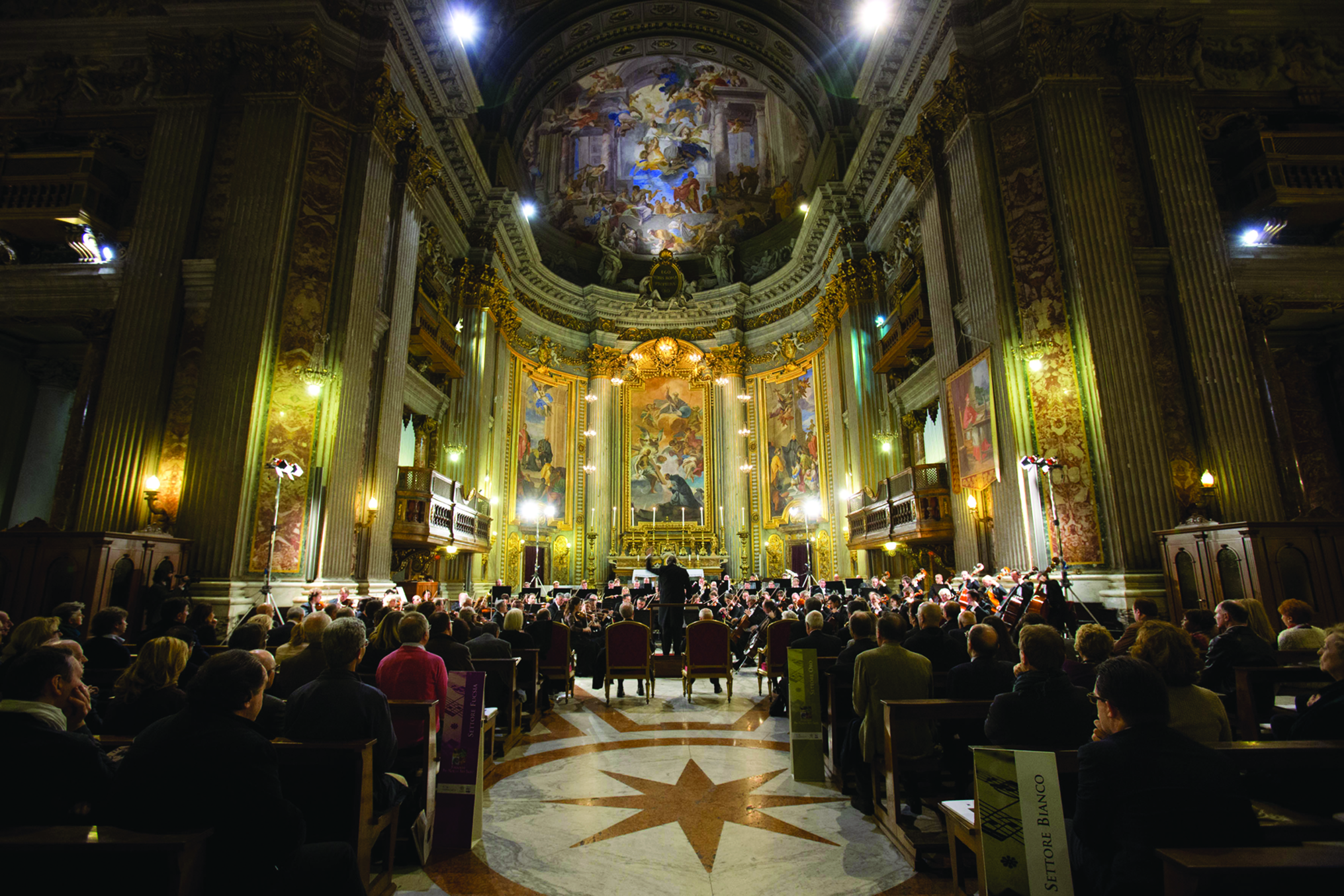
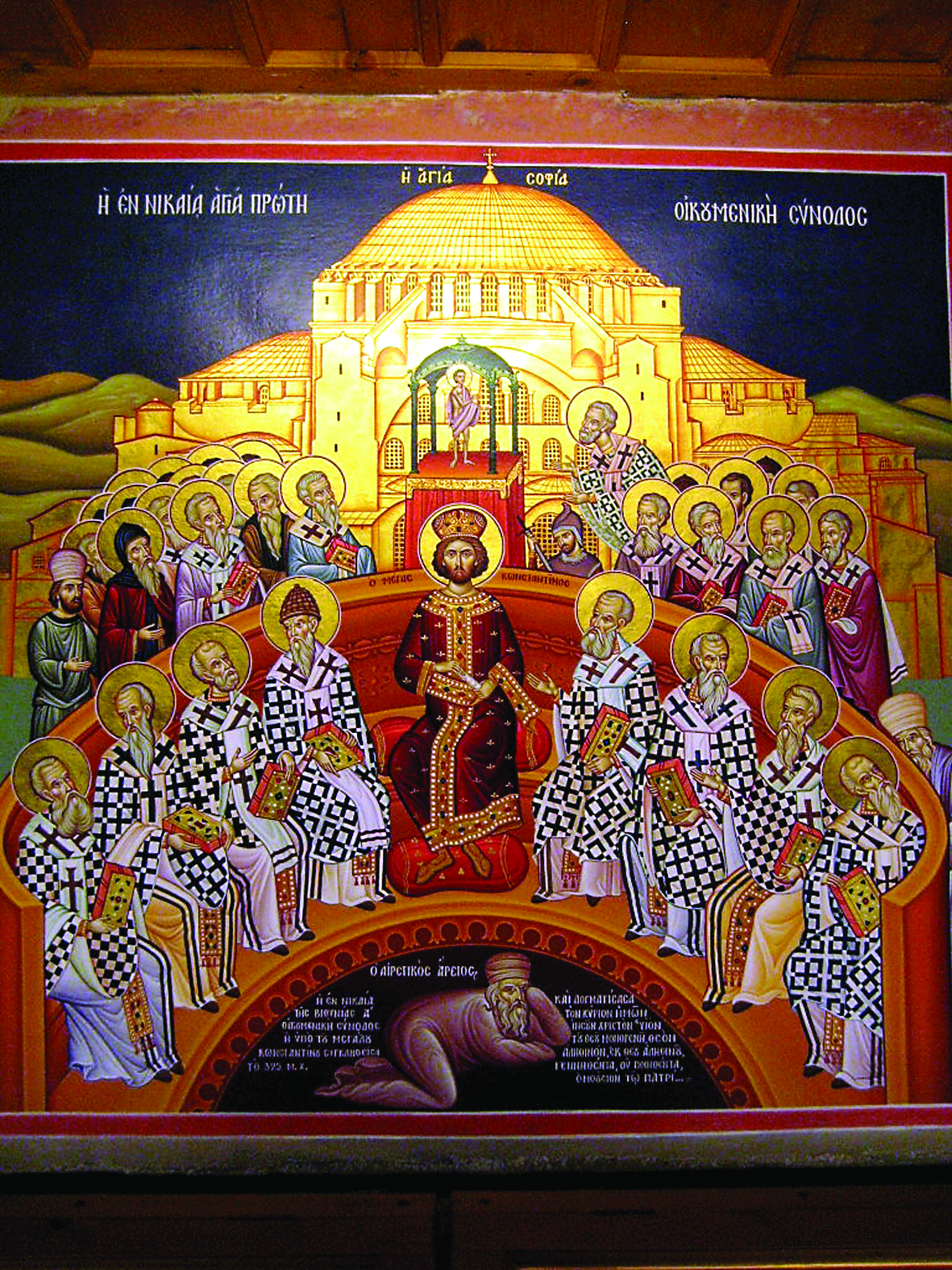
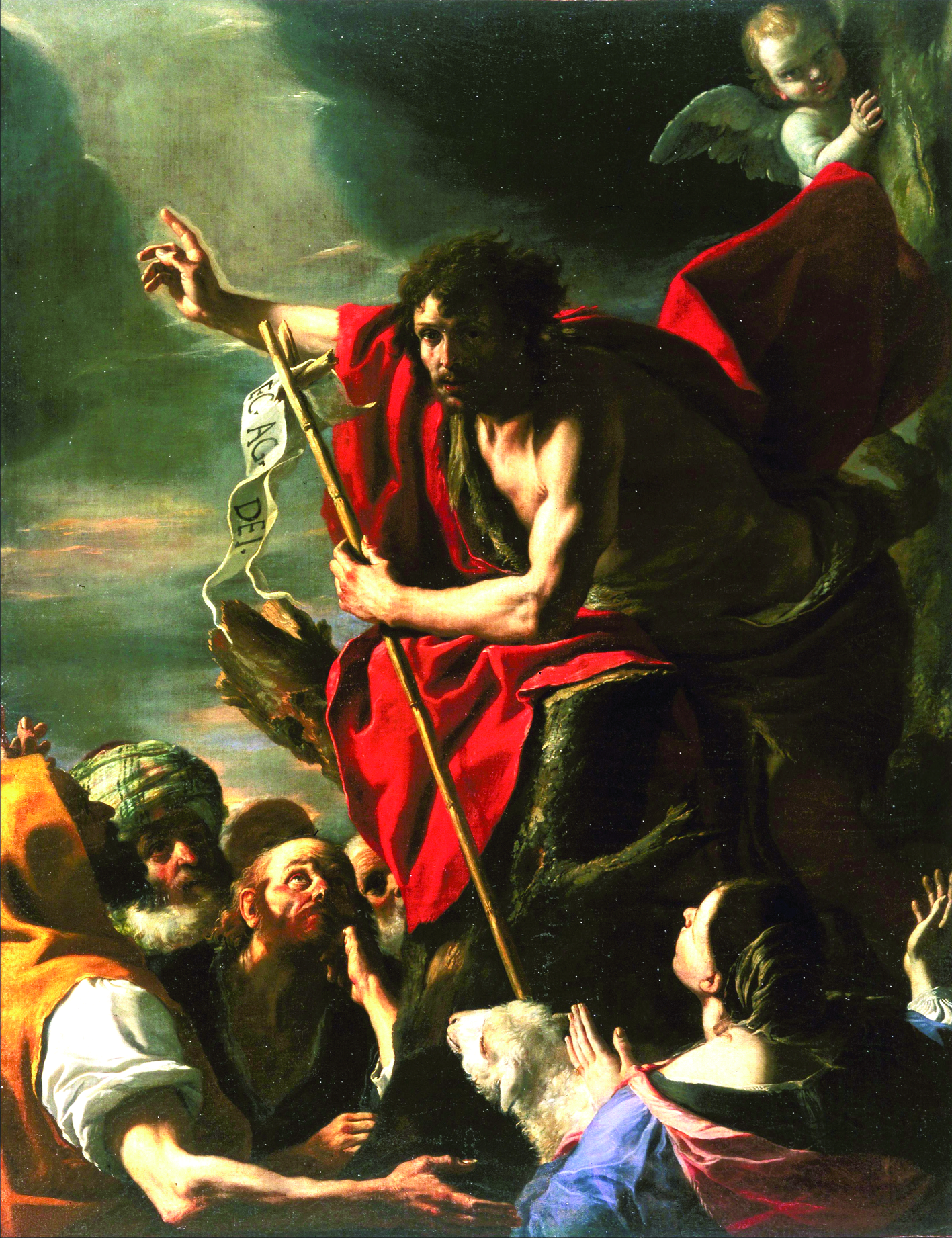
Facebook Comments